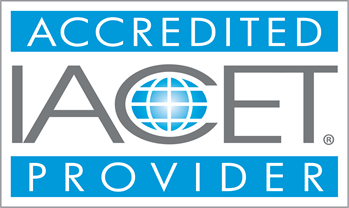Free Course
Trenching and Excavation
Excavation standards, 29 Code of Federal Regulations (CFR) Part 1926, Subpart P, contain requirements for excavation and trenching operations. This course highlights key elements of the standards and describes safe work practices that can protect workers from cave-ins and other hazards.
Course Modules - (14)
Learning Outcomes:
- Professional credentials, including project management, typically require periodic renewal through continuing education. Individuals can pursue continuing education by completing advanced degrees or individual courses, along with professional development workshops and training opportunities.
- Training Objectives and Expectations:
- i.Trainees will become familiar with terms associated with excavations and underpinning activities
- ii. Trainees will become generally familiar with recognizing, avoiding and preventing safety issues concerning soil failures, undermining and structural collapse.
- iii. Trainees will learn the responsibilities of permit holder to project adjoining structures
- iv. Trainees will learn the role of Competent Persons in excavations
CEUs Awarded
Participants who successfully complete this course and meet all requirements will be awarded 1 IACET CEUs.
Completion Requirements:
- 100% appearance for the course
- Fully involvement in all class trainings (determined by instructor)
- Completion of Continuing Education and Training Registration Form
- Completion of mandatory quiz assessments
- As applicable, attainment of least passing score on required end-of-course examination
- Participation and submittal of end-of-course assessment form (must provide name on form to obtain credit)


